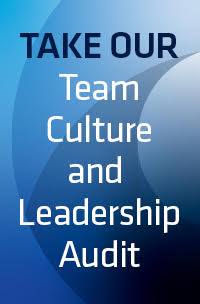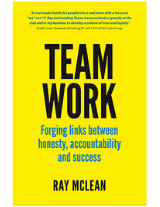It’s not often that I get accused of being too structured, but people may be very surprised to discover that the art of facilitation whilst appearing loose and unstructured is in fact quite the opposite.
Those that know our work are well aware of our desire for people to have genuine conversations around agreed purpose and behaviours, but recently I was involved in a simple meeting that all too starkly showed the value of facilitation and structure.
At the end of the meeting, a team member congratulated me on getting more out of a three hour meeting than the team had been able to achieve in three days of workshops – all because I kept them to an agreed structure and process.
Imagine an Executive team, comprising of over 100 years’ management experience including several recognised specialists, engaged in a restructuring exercise. This process was not new to them and was required as a result of numerous indicators not being as they should be and a change in the business’ core functions.
The team had been working towards the restructure and was getting bogged down with all the normal things. There was some progress, but it was not moving at the required pace. As a part of my normal scheduled visit we were discussing the process and, to be hones,t I couldn’t see what the hold up was. I soon discovered the group hadn’t formed an agreed position and some had vital information that others lacked.
We quickly agreed on some guiding principles (reasons and measures for the restructure), there were three key elements that should be used to assess each decision, discussion point or strategy. If the idea or point being discussed couldn’t pass the guiding principle test then we quickly moved past it. I also applied a structure that prevented some individuals pushing too far down one path before we agreed pre-emptive points (means before ends) and it’s fair to say this task took some doing as passions were high and the outcome was going to have a real impact on real people (some present and some not).
Sounds simple, in fact it is simple, so why couldn’t such experienced managers see it? Well I believe some did see it, but couldn’t (or wouldn’t) push into the discussion to be heard or articulate the application of the process. It was the absence of an agreement around team members being able to respectfully push, prod, challenge and support the decision making process at play here. The presence of an external process facilitator simply took the personal aspect out of the equation and meant everyone accepted the process and could engage openly – just as importantly I was someone external to the emotions and therefore I could ensure everyone was heard throughout the process.
No magic formula, no mystery – just structure, role clarity and rigour around process.



